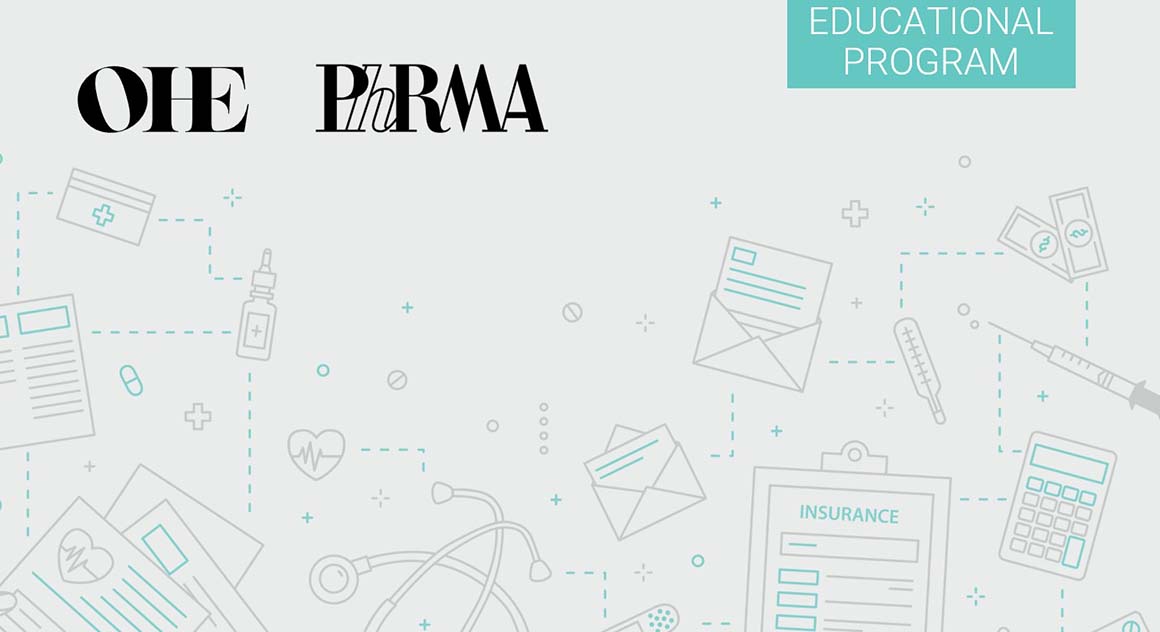Sign up to our newsletter Subscribe
Analysing Global Immunisation Expenditure

Sign up to our newsletter Subscribe


Multi-indication pricing (MIP) involves setting a different price for each major indication approved for a medicine. We explore the feasibility of implementing MIP in the UK. Just published is an OHE Briefing on the topic of multi-indication pricing. The briefing…
Multi-indication pricing (MIP) involves setting a different price for each major indication approved for a medicine. We explore the feasibility of implementing MIP in the UK.
Just published is an OHE Briefing on the topic of multi-indication pricing. The briefing contains a summary of a workshop organised and facilitated by OHE and MME Europe.
Multi-indication pricing (MIP) involves setting a different price for each major indication approved for a medicine. As value is likely to differ across major indications, if prices paid for on-patent medicines are to reflect their value, then multi-indication medicines should have different prices across major indication, reflecting different values.
Reflections and conclusions
Handling pricing for drugs with multiple indications within the same disease area – including different potential lines of treatment and/or combination regimens – is a challenge. A necessary condition for the implementation of MIP-type schemes (with the possible exception of ex ante simple discounts that “blend” the prices for different indications) is the potential to track the specific utilisation of the drug in different indications, regimens and patient sub-populations. The UK collaboration referred to above suggests this may be achievable.
On Tuesday 27 October, the Accelerated Access Review published their interim report. Their Proposition 2 (“Getting ahead of the curve”) reflects on the need to explore flexible approaches to pricing and reimbursement. We welcome this direction of travel, with MIP being one of the approaches that could be adopted.
Access the full briefing here.
For more information contact Dr Jorge Mestre-Ferrandiz at OHE.
An error has occurred, please try again later.
This website uses cookies so that we can provide you with the best user experience possible. Cookie information is stored in your browser and performs functions such as recognising you when you return to our website and helping our team to understand which sections of the website you find most interesting and useful.
Strictly Necessary Cookie should be enabled at all times so that we can save your preferences for cookie settings.
If you disable this cookie, we will not be able to save your preferences. This means that every time you visit this website you will need to enable or disable cookies again.
This website uses Google Analytics to collect anonymous information such as the number of visitors to the site, and the most popular pages.
Keeping this cookie enabled helps us to improve our website.
Please enable Strictly Necessary Cookies first so that we can save your preferences!


